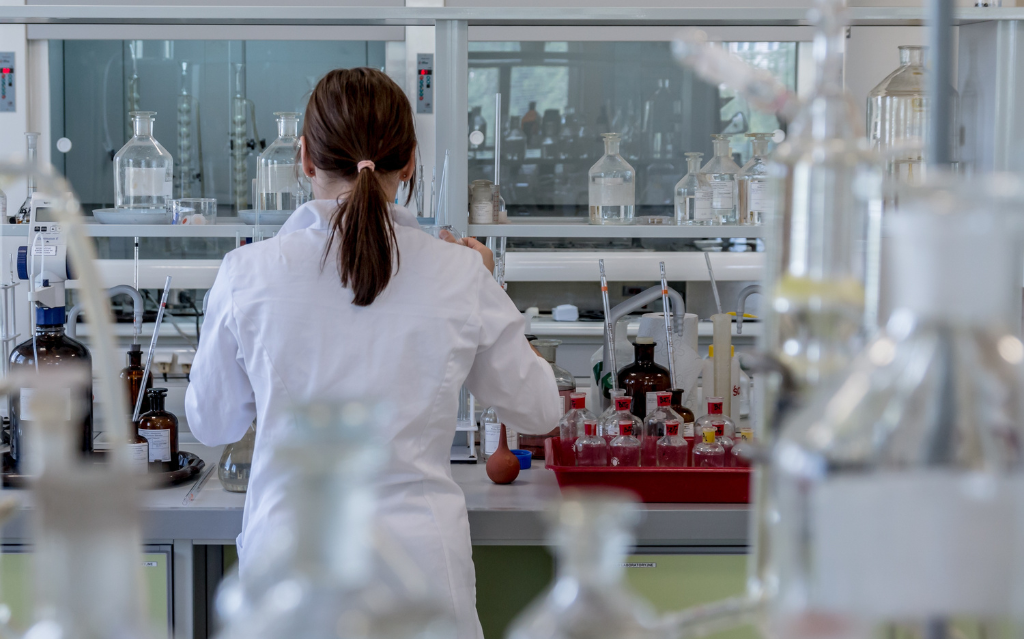
In the context of clinical research around the world, we are seeing a renewed interest in investigating the use of psychoactive substances for the medical treatment of conditions such as addiction, depression, anxiety, and post-traumatic stress disorder (PTSD).
What are the reasons behind this new interest and where is the research at?
Brief history of research on psychoactive substances
We speak of “renewed” interest because in a period from the 1950s to the early 1970s, psychoactive substances were the subject of investigation. At first, many experts in the psychiatric field regarded LSD and psilocybin as miracle drugs for the treatment of a wide range of mental disorders.
General sentiment around psychoactive substances began to change around the 1960s, when they became associated with the counterculture movements that characterized that period. Before long, public opinion shifted from interest to fear, ending the research period with the classification of these substances as “drugs of abuse” with no medical value from the scientific community.
There are many today who believe that this door was closed too quickly and that psychoactive substances may have their own utility as a tool for treating a variety of psychiatric conditions.
How do psychoactive substances work?
The category “psychoactive substances” consists of a number of loosely grouped drugs that are capable of altering thinking and sensory perceptions, even causing hallucinations in some cases. Although this classification is useful, the differences between the various substances are also substantial in some cases.
Despite these discrepancies, we can say that, in general, psychedelics induce the brain to temporarily alter its ability to feel and think. In this way, researchers think, it is possible to induce the formation of new connections between neurons, a process called neuroplasticity. It also appears that psychoactive substances are able to put patients in a state where they can better process past memories, feelings and trauma.
Therapies and scientific evidence
Although the results are still preliminary and further studies are needed to prove any unequivocal clinical utility, there is a new generation of researchers pursuing small-scale pilot studies for the treatment of a variety of disorders:
- Anxiety: In 2014, a study in Switzerland suggested that LSD-assisted psychotherapy had the potential to reduce anxiety associated with terminal illness. Significant reductions in anxiety states were found at two months after therapy.
- Post-traumatic stress disorder: a U.S. study evaluated MDMA-assisted psychotherapy for the treatment of chronic post-traumatic stress disorder, in patients resistant to other therapies. Results showed an improvement in symptoms in 83% of participants in the experimental group (compared with 25% in the placebo group), with a reduction in symptom severity of more than 30%.
- Addiction: researchers in the 1950s and 1960s studied the use of psychoactive substance-assisted therapy to treat addictions such as alcohol addiction. Some of the findings at that time were recently reviewed in a meta-analysis that suggested a significant beneficial effect. A team from New Mexico conducted clinical research on the treatment of alcohol dependence with psilocybin-assisted therapy. Among participants who completed the study, the percentage of self-reported drinking days was reduced by more than 50 percent.
Another substance that has received special attention in recent years is cannabis, which we covered in a previous article.
The studies of the therapeutic effects of psychoactive substances came to a halt in the 1970s, and since then research has stopped almost entirely. Thanks to the efforts of a new generation of scientists, medicine is once again looking with interest at a branch of research that has been ignored for too long.


